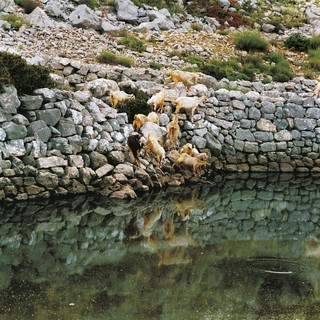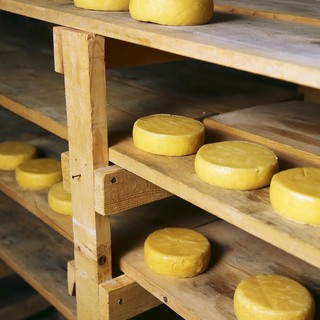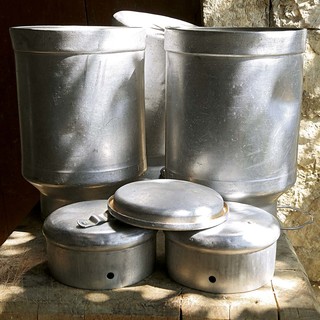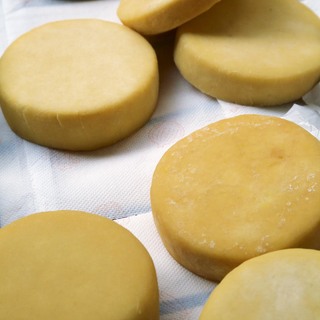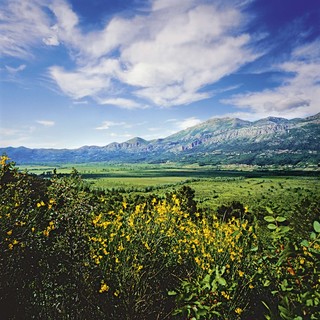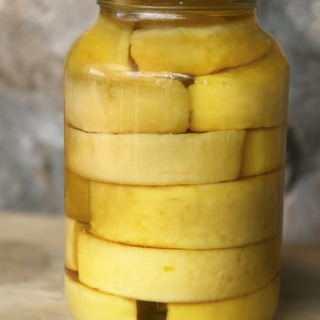On the grey cardboard box, created as part of the DUNEA Rural Development Agency it simply says Dubrovnik Cheese – Traditional Product. Nicely packaged, Dubrovnik cheese, like other added-value food products, is proud of its past. Of the traditional art that has epitomised in the cheese the experience of life in the given landscape. But how much is this traditional cheese really traditional? Or is tradition perhaps just a wished for sign of a reality, always once again reinventing the past and making it compliant with the present?
Our daily cheese
At the beginning of the 20th century, several different kinds of cheese were produced in the Dubrovnik area, among which the Šipan and the Lopud stood out, the last being held, together with the Silba, the best kind of Dalmatian cheese. A hundred years later, the Šipan and the Lopud are just footnotes in the history of food, lore about the extinct tradition of cheese production in the Dubrovačko primorje.
Although the playwright Držić mocked the dietary habits of the Dubrovnik people, their lack of manners and negligence at table, the Republic took good care indeed of the menus of its citizenry. In everyday, basic nourishment, there had to be no shortage of bread, wine and oil, salt and cheese. A meal without cheese is like a beauty without an eye, wrote Brillat Savarin, but cheese is itself a completely decent meal. With a bit of bread and cheese, on a plate or in a pocket, it’s possible to get by. For this reason, the Rector and the Minor Council were made responsible for cheese. Demand, of course, always outstripped local production and so the cheese commerce in the Dubrovnik Republic was carefully controlled. It is mentioned in the documents as early as the 13th century but most of the cheese regulations come from the 14th and 15th when the trade was already strictly governed. It was known precisely how much could be bought, how much sold and how much retained if you produced it yourself. All cheese produced had to be recorded and then sold in the produce market. In Dubrovnik the cheese trade went on outside, on stalls covered with rushes, which in the 14th century forsook the space in front of the cathedral. The documents list the kinds of cheese, like Vlach and Morlach cheese, Brač and salt and sweet cheese, and those cheeses imported from Genoa, Sicily and the Levant. Cheese had to be looked after, and it is clear there was very much of a black market. A provision of March 19, 1384, forbids the buying of cheese anywhere but on the city square and in the cheese shops. It is interesting that these latter (they also sold oil and candles) were the only ones allowed to open on Sunday and feast days. In the second half of the 14th century cheese could not be done without.
